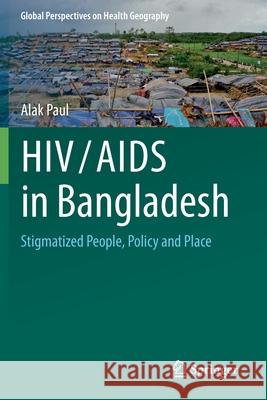Hiv/AIDS in Bangladesh: Stigmatized People, Policy and Place » książka
topmenu
Hiv/AIDS in Bangladesh: Stigmatized People, Policy and Place
ISBN-13: 9783030576523 / Angielski / Miękka / 2021 / 200 str.
Hiv/AIDS in Bangladesh: Stigmatized People, Policy and Place
ISBN-13: 9783030576523 / Angielski / Miękka / 2021 / 200 str.
cena 402,53
(netto: 383,36 VAT: 5%)
Najniższa cena z 30 dni: 385,52
(netto: 383,36 VAT: 5%)
Najniższa cena z 30 dni: 385,52
Termin realizacji zamówienia:
ok. 22 dni roboczych
Dostawa w 2026 r.
ok. 22 dni roboczych
Dostawa w 2026 r.
Darmowa dostawa!
Kategorie BISAC:
Wydawca:
Springer
Język:
Angielski
ISBN-13:
9783030576523
Rok wydania:
2021
Ilość stron:
200
Waga:
0.28 kg
Wymiary:
23.39 x 15.6 x 1.07
Oprawa:
Miękka
Wolumenów:
01
Dodatkowe informacje:
Wydanie ilustrowane











